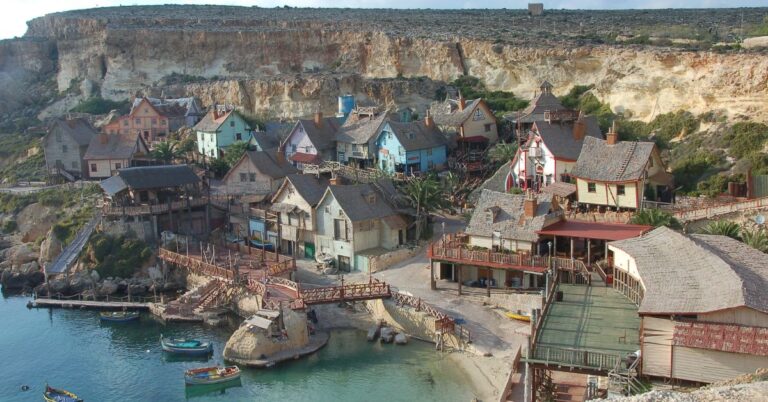25 World-Famous Landmarks You Need To Visit
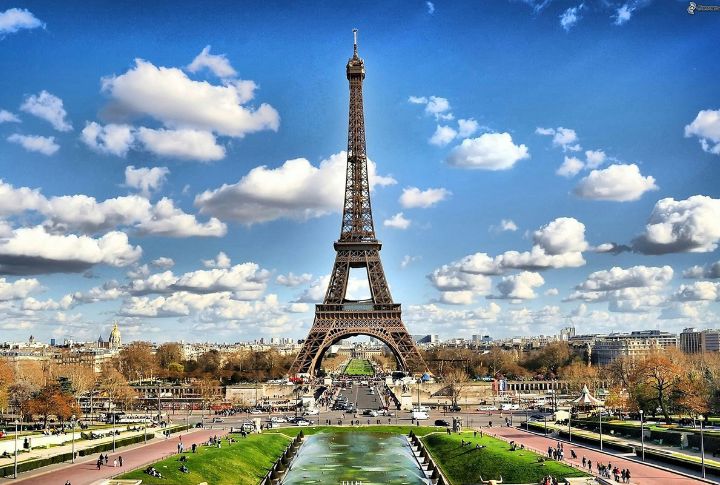
Ever dream of checking off those iconic landmarks from your bucket list? You know, the ones that make you go, “Wow, I’ve gotta see that in person!”? Well, here’s your chance. These 25 world-famous spots aren’t just famous for being famous—they’re destinations that’ll leave you in awe. So, pack your bags because these landmarks are waiting to give you an experience you won’t forget.
Eiffel Tower (Paris, France)

Standing tall at 1,083 feet, the Eiffel Tower was completed as the entrance arch for the World’s Fair. It attracts over 7 million visitors annually. Can you imagine Paris without this iconic symbol? So, don’t just snap a photo—take in the panoramic views, too.
Machu Picchu (Peru)
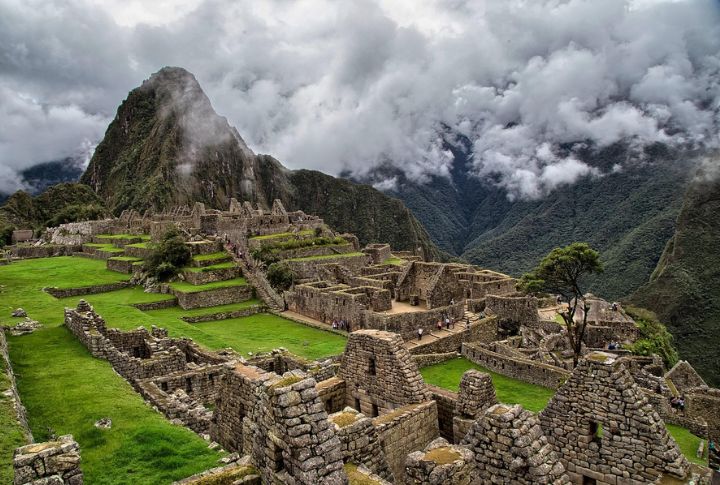
This ancient Incan city was hidden in the Andes until its rediscovery in 1911. Believed to have been built in the 15th century, Machu Picchu still mystifies historians. Get ready to climb its steep steps and witness one of the most stunning views on Earth.
Great Wall Of China (China)
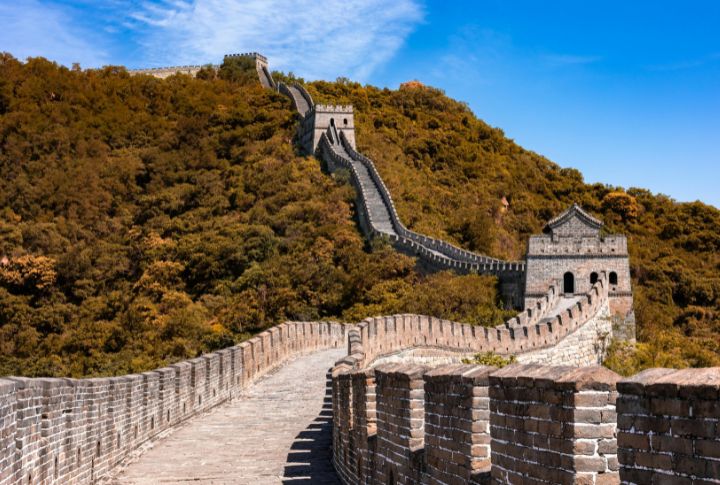
Winding across mountains, deserts, and plains—the Great Wall was not just built as an amazing feat of engineering. This ancient structure connects you to China’s vast and varied scene. Trek its stretches, and you’ll truly understand its massive scope.
Taj Mahal (Agra, India)

Built by Shah Jahan in 1632, the Taj Mahal is a sign of eternal love. Its pristine white marble shines under the Indian sun, drawing millions. Whether you’re influenced by its beauty or fascinated by its history, this monument promises an emotional experience.
Colosseum (Rome, Italy)
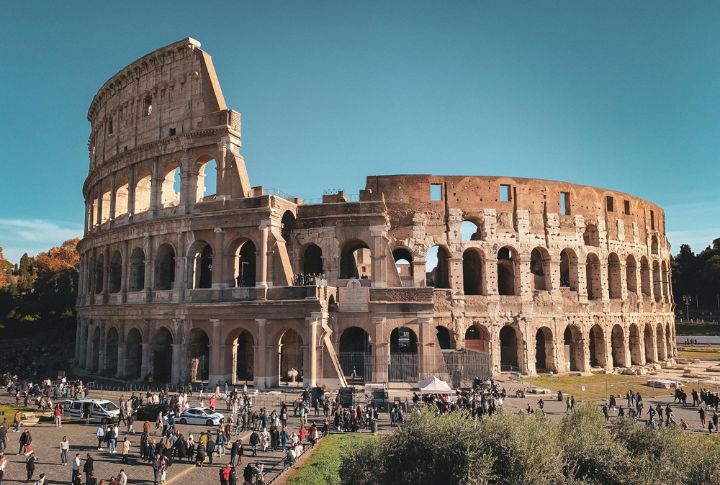
The Colosseum, once the site of battles, now stands as a symbol of Roman architecture. Its construction began in AD 72 and was completed in AD 90, and it could hold up to 80,000 spectators. Imagine walking in the footsteps of gladiators—it offers an exhilarating look back at Roman history.
Statue Of Liberty (New York, USA)
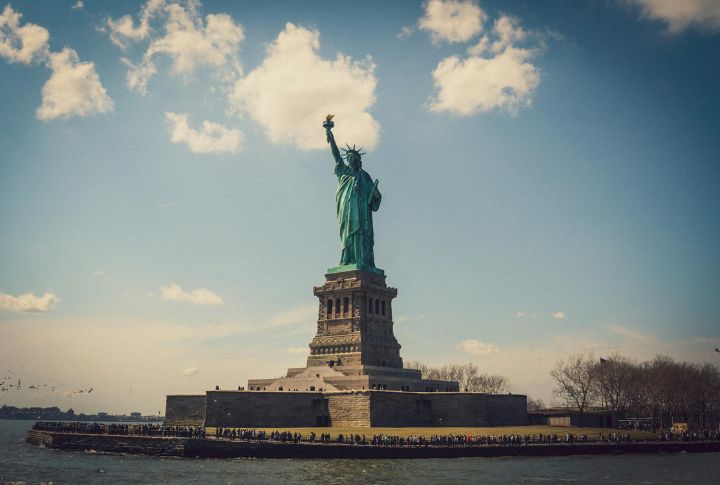
Standing tall on Liberty Island since 1886, the Statue of Liberty remains one of America’s most enduring symbols of freedom and hope. It was designed by Frederic Auguste Bartholdi and engineered by Gustave Eiffel. Today, the statue continues to inspire as a global icon of liberty and democracy.
Christ The Redeemer (Rio De Janeiro, Brazil)

With arms spread wide, Christ the Redeemer gazes down over Rio de Janeiro from the top of Corcovado Mountain. Completed in 1931, this 98-foot-tall statue has become a powerful symbol of Christianity. As you stand before it, take in the breathtaking views of the city below.
Pyramids Of Giza (Giza, Egypt)
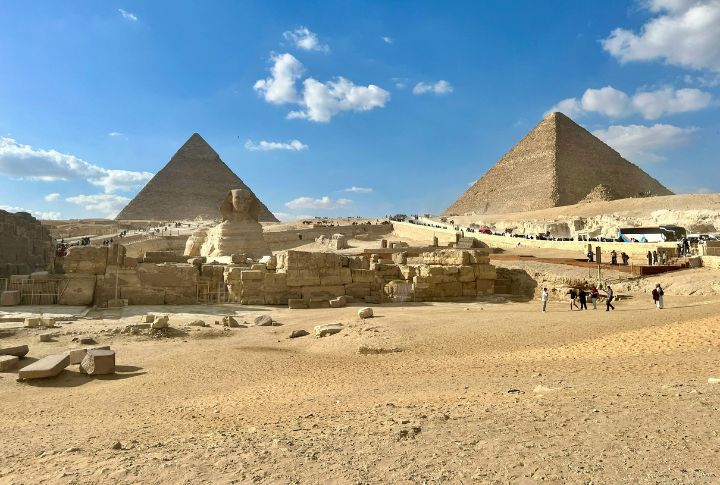
The Pyramids of Giza are one of the last remaining wonders of the ancient world. Built around 2,500 BC, these colossal structures were tombs for pharaohs. As you gaze at their imposing grandeur, consider the engineering feats required to build them without modern technology.
Sydney Opera House (Sydney, Australia)
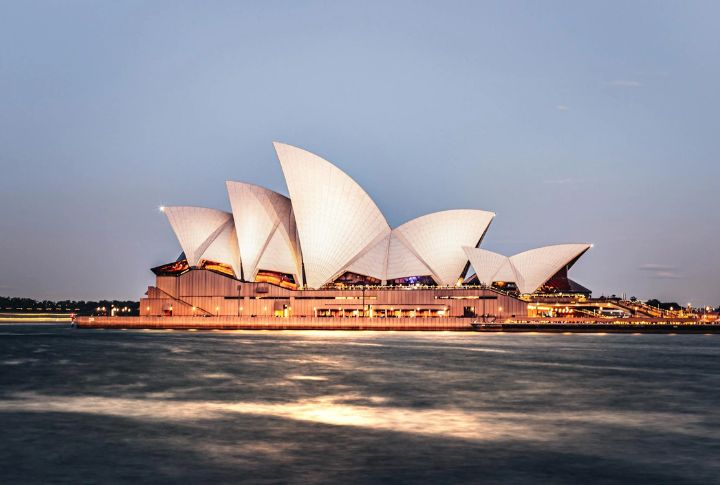
Known for its striking sail-like design, the Sydney Opera House opened in 1973. It’s not just a venue for performances—it’s a masterpiece of modern architecture. Stop by for a tour or catch a show and appreciate why this building is so globally admired.
Stonehenge (Wiltshire, England)
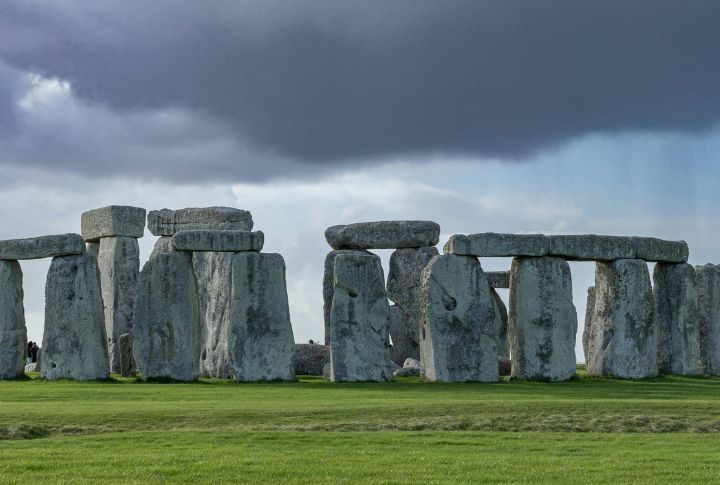
A mysterious stone circle dating back to 2500 BC, Stonehenge remains one of the world’s most fascinating archaeological wonders. While experts continue to debate its true purpose, standing among the ancient stones offers a unique sense of connection to history.
Mount Fuji (Honshu, Japan)
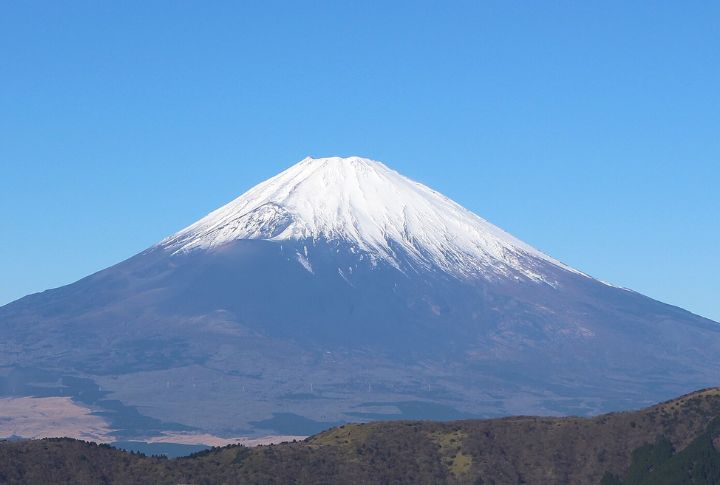
Mount Fuji is a spiritual icon. Every year, thousands of climbers brave its slopes to witness one of the world’s most spectacular sunrises. Whether you’re ascending its paths or enjoying a distant view, Fuji’s perfection offers a serene moment at every glance.
Big Ben (London, England)

Technically, the bell in the Elizabeth Tower, Big Ben, is an icon of British history. The clock first struck in 1859, and the tower has been a staple of London’s skyline ever since. Time your visit right to hear the chimes ring out across the city.
Palace Of Versailles (Versailles, France)
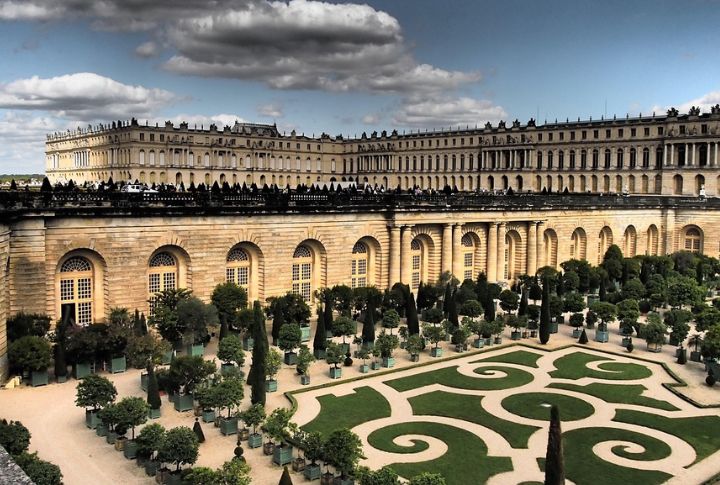
The Palace of Versailles, once home to French royalty, is an opulent symbol of extravagance. Its grand Hall of Mirrors and beautifully maintained gardens make it an essential stop. Marvel at the lavish interiors and imagine life in the 17th-century court of Louis XIV.
Angkor Wat (Siem Reap, Cambodia)
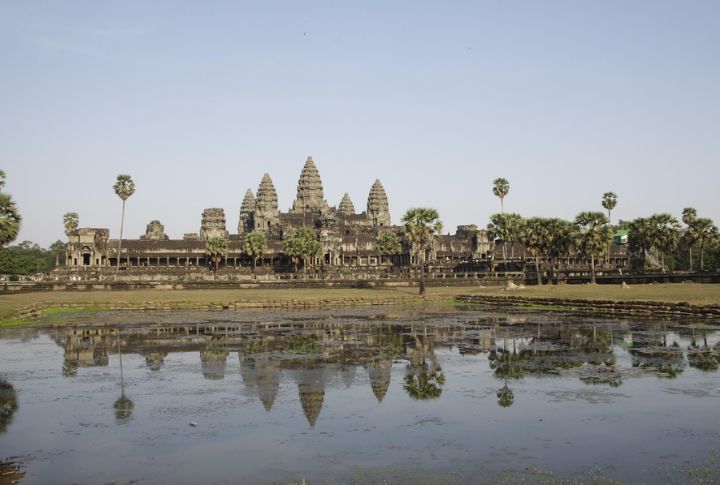
Angkor Wat stuns with its scale, symmetry, and spiritual energy. Originally dedicated to the Hindu Lord Vishnu, the temple later embraced Buddhism, which still echoes through its corridors. At sunrise, its reflection shimmers in the lotus-filled moat, casting a spell on all who witness it.
The Acropolis Of Athens (Athens, Greece)
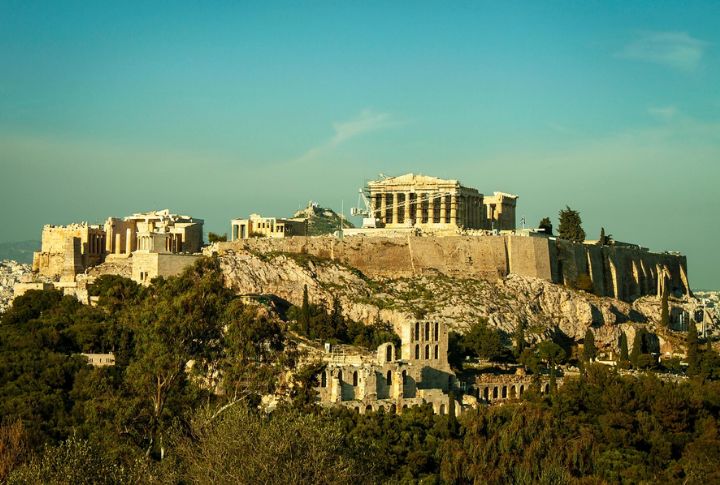
Standing high above Athens, the Acropolis serves as a powerful symbol of ancient history and culture. The Parthenon, one of the most famous temples in the world, continues to capture attention even after 2,500 years. Despite the wear of time, its architectural beauty and historical importance remain undeniable.
Neuschwanstein Castle (Bavaria, Germany)
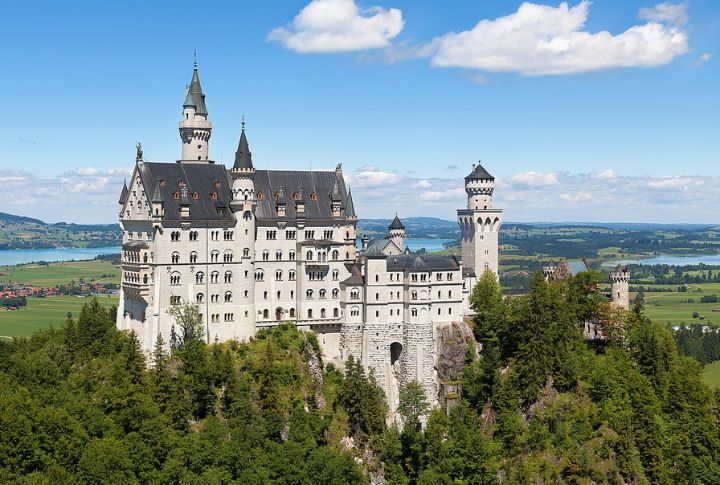
Neuschwanstein Castle was built by Ludwig II of Bavaria and inspired Walt Disney’s Sleeping Beauty Castle. As you walk through its lavish rooms and look out over the surrounding Bavarian Alps, you’ll quickly understand why this castle is so enchanting.
Alhambra (Granada, Spain)

A remarkable example of Islamic architecture, the Alhambra is a 13th-century complex of palaces and fortresses. It offers a captivating mix of history and beauty. Explore its intricately crafted halls and imagine the stories that have come to life within its walls over the ages.
Mount Rushmore (South Dakota, USA)

Mount Rushmore features the faces of U.S. presidents Washington, Jefferson, Roosevelt, and Lincoln. This monumental sculpture represents American history and ideals. Carved into the Black Hills of South Dakota, it stands as a powerful reminder of the country’s founding principles.
Buckingham Palace (London, England)
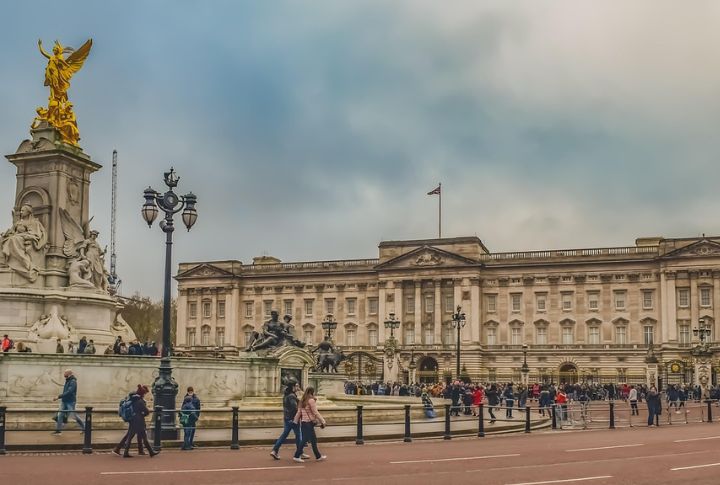
Behind those gilded gates sits a royal crib with more rooms than most folks have socks—Buckingham Palace is the crown jewel of London drama. Tourists flock for a peek, but the palace just sips tea and minds its royal business. Regal, extra, and undeniably British.
Easter Island Statues (Easter Island, Chile)

The Moai statues of Easter Island are shrouded in mystery. These stone figures, some weighing over 80 tons, were created by the Rapa Nui people. Visiting these remote statues, with their enigmatic gaze, offers an unmatched glimpse into Polynesian culture.
Petra (Ma’an Governorate, Jordan)
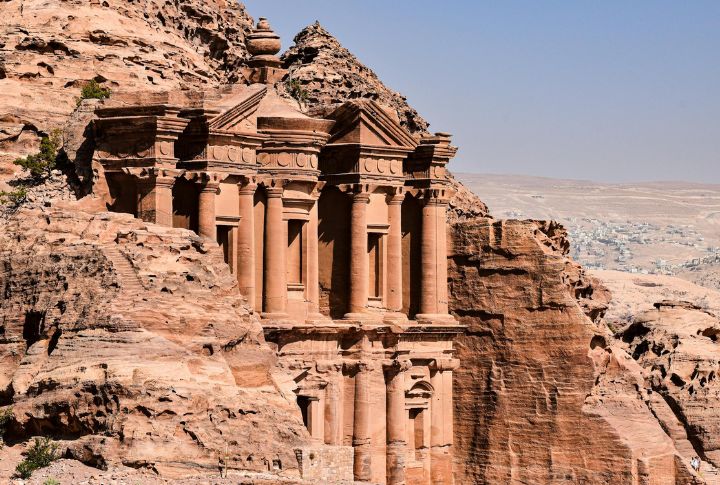
Petra, often called the Rose City, was carved directly into the rock; its structures blend seamlessly with the surrounding desert background. As you explore its narrow passages and grand facades, you’ll feel transported to a time when this city was a major trade hub.
Grand Canyon (Arizona, USA)

A natural wonder, the Grand Canyon spans 277 miles and offers views of layered rock formations. Visitors can hike, raft, or simply admire the scenery from various viewpoints. Prepare to be amazed by its size and geological beauty, as it’s a must-see for any traveler.
Sagrada Familia (Barcelona, Spain)

This one has been under construction since 1882. Yes, you read that right; it’s still not finished! A wild mix of Gothic and Art Nouveau styles, it’s a feast for the eyes with towering spires, intricate facades, and interiors that tell the life story of Christ in a way you’ve never seen before.
Mount Kilimanjaro (Tanzania)

Mount Kilimanjaro, Africa’s highest peak, stands at 19,341 feet. The trek to its summit is a once-in-a-lifetime experience for many. The incredible diversity of landscapes offers hikers a chance to witness a range of unique flora and fauna.
The Louvre Museum (Paris, France)
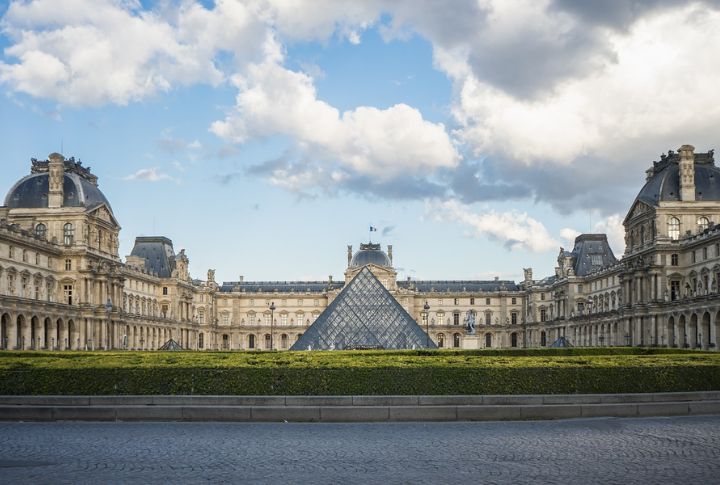
Home to numerous art masterpieces, including the Mona Lisa and the Venus de Milo, this one is a place where history, art, and culture collide. Once a royal palace, the Louvre’s glass pyramid entrance is as famous as the treasures inside.





